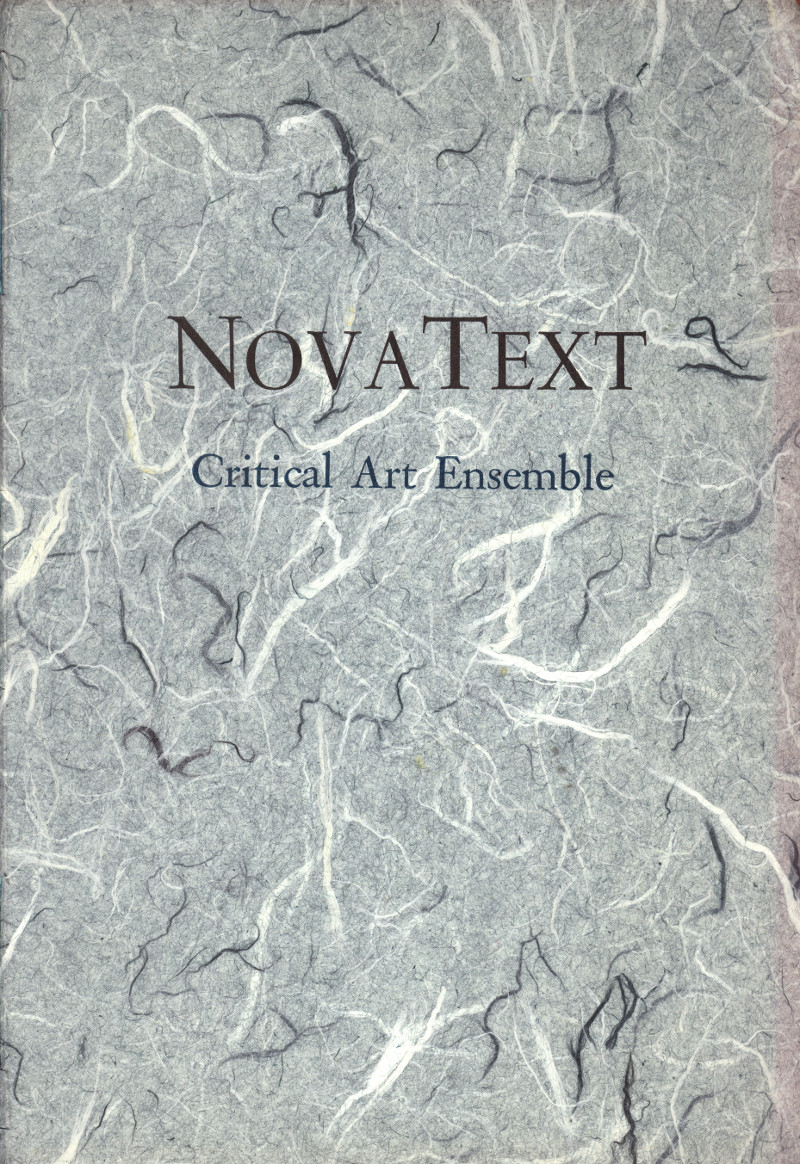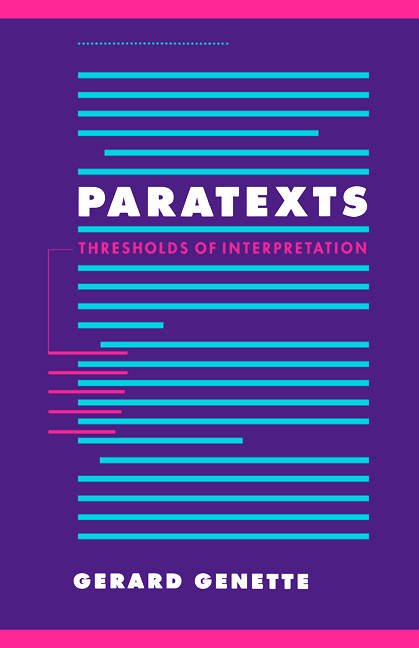Stephen Ramsay: Reading Machines: Toward an Algorithmic Criticism (2011)
Filed under book | Tags: · algorithm, digital humanities, literary criticism, machine, pataphysics, text, turing machine

“Rethinking digital literary criticism by situating computational work within the broader context of the humanities
Besides familiar and now-commonplace tasks that computers do all the time, what else are they capable of? Stephen Ramsay’s intriguing study of computational text analysis examines how computers can be used as “reading machines” to open up entirely new possibilities for literary critics. Computer-based text analysis has been employed for the past several decades as a way of searching, collating, and indexing texts. Despite this, the digital revolution has not penetrated the core activity of literary studies: interpretive analysis of written texts.
Computers can handle vast amounts of data, allowing for the comparison of texts in ways that were previously too overwhelming for individuals, but they may also assist in enhancing the entirely necessary role of subjectivity in critical interpretation. Reading Machines discusses the importance of this new form of text analysis conducted with the assistance of computers. Ramsay suggests that the rigidity of computation can be enlisted by intuition, subjectivity, and play.”
Publisher University of Illinois Press, 2011
Topics in the Digital Humanities series
ISBN 0252078209, 9780252078200
98 pages
Review: Matt Schneider (Digital Studies).
Comment (0)Critical Art Ensemble: NovaText (1990)
Filed under artist publishing | Tags: · criticism, poetry, text

The texts “The Critical Function”, “Unknown Fact Number One”, “Always Already”, “The Funest Experiment”, “Like A Big Dog”, and “This Will Be the Death of Chit-Chat” are letterpressed onto thin, white handmade papers. These lift, like veils, to reveal the “hidden texts” and “annotations” to each piece printed on a sturdier green paper.
Second edition
Self-published, Brooklyn, NY, April 1990
No rights reserved
via ArtistBooksOnline.org
Gérard Genette: Paratexts: Thresholds of Interpretation (1987/1997)
Filed under book | Tags: · aesthetics, literary theory, literature, paratext, text, writing

“Paratexts are those liminal devices and conventions, both within and outside the book, that form part of the complex mediation between book, author, publisher and reader: titles, forewords, epigraphs and publishers’ jacket copy are part of a book’s private and public history. In this first English translation of Paratexts, Gérard Genette shows how the special pragmatic status of paratextual declaration requires a carefully calibrated analysis of their illocutionary force. With clarity, precision and an extraordinary range of reference, Paratexts constitutes an encyclopedic survey of the customs and institutions as revealed in the borderlands of the text. Genette presents a global view of these liminal mediations and the logic of their relation to the reading public by studying each element as a literary function. Richard Macksey’s foreword describes how the poetics of paratexts interact with more general questions of literature as a cultural institution, and situates Genette’s work in contemporary literary theory.”
Originally published in French as Seuils, Éditions du Seuil, Paris, 1987
Translated by Jane E. Lewin
Foreword by Richard Macksey
Publisher Cambridge University Press, 1997
Literature, Culture, Theory series, 20
ISBN 0521424062, 9780521424066
456 pages
Review: Chris Koenig-Woodyard (erudit, 1999).
Comment (0)
